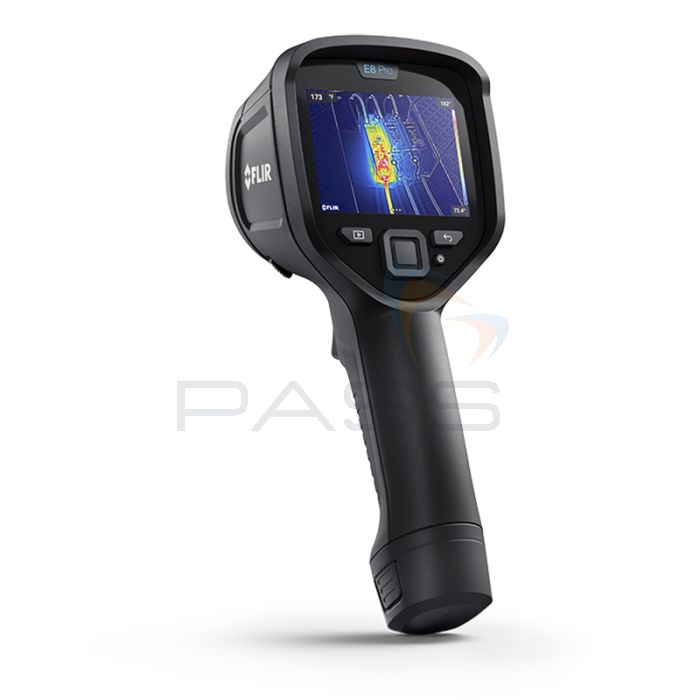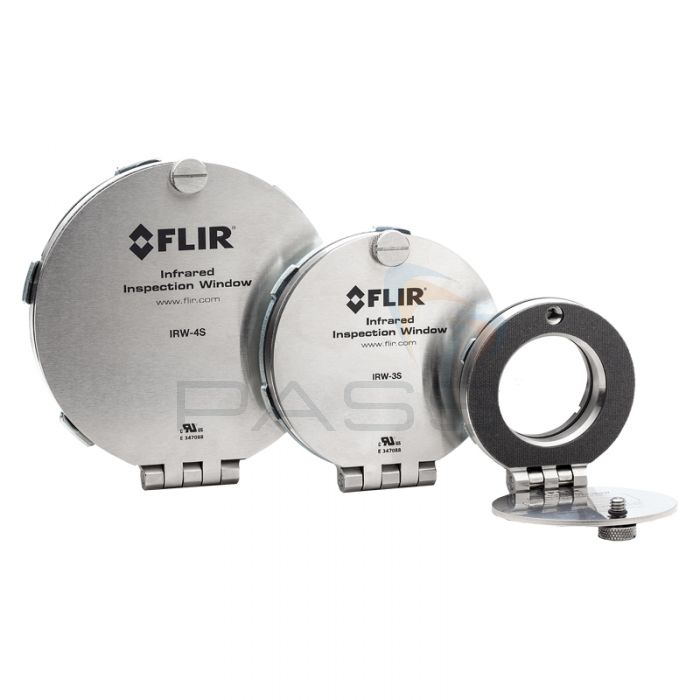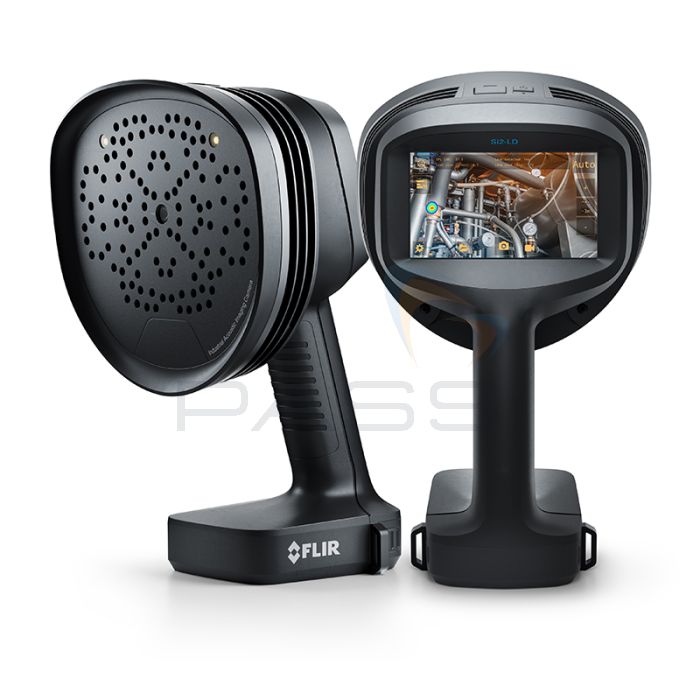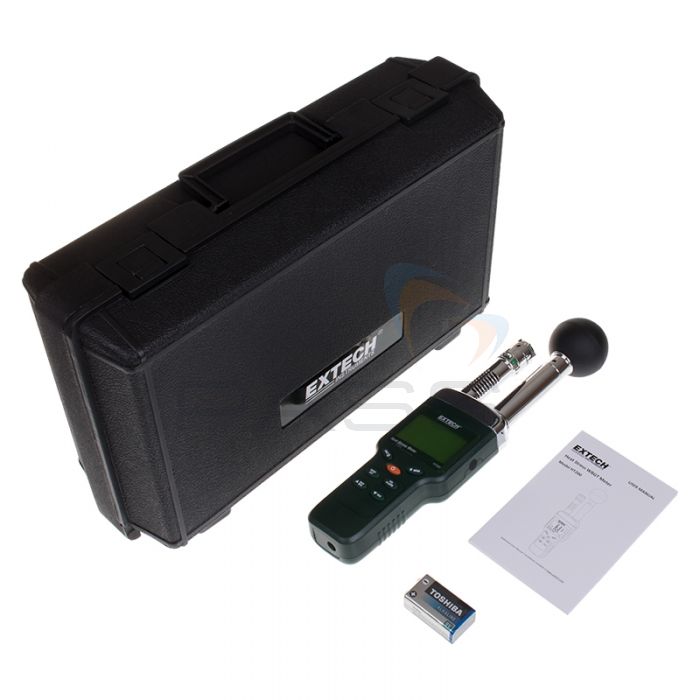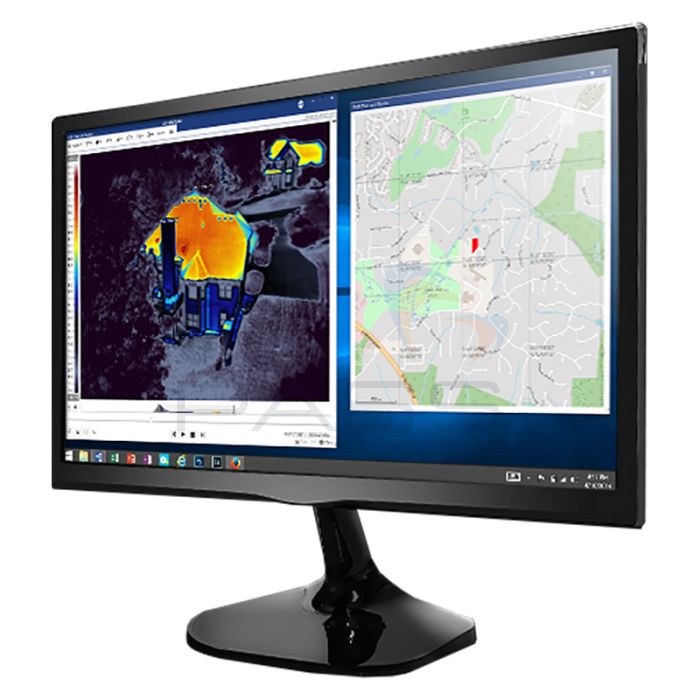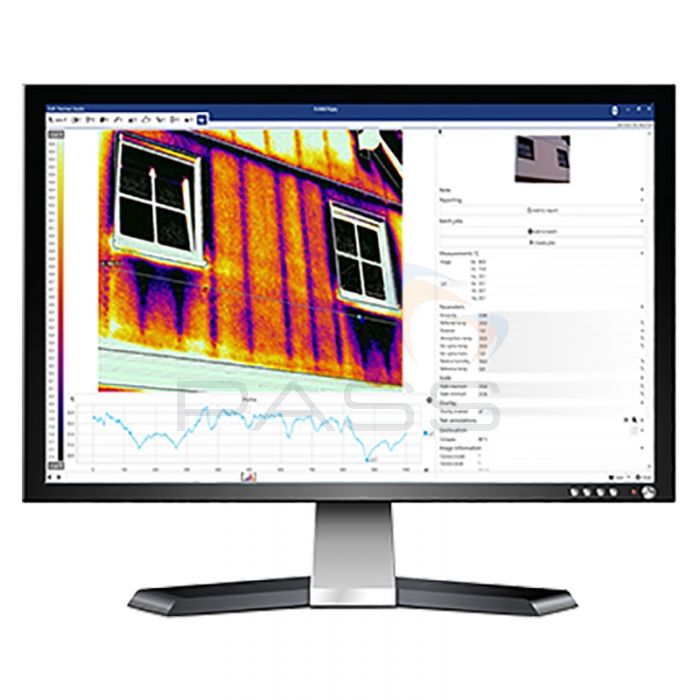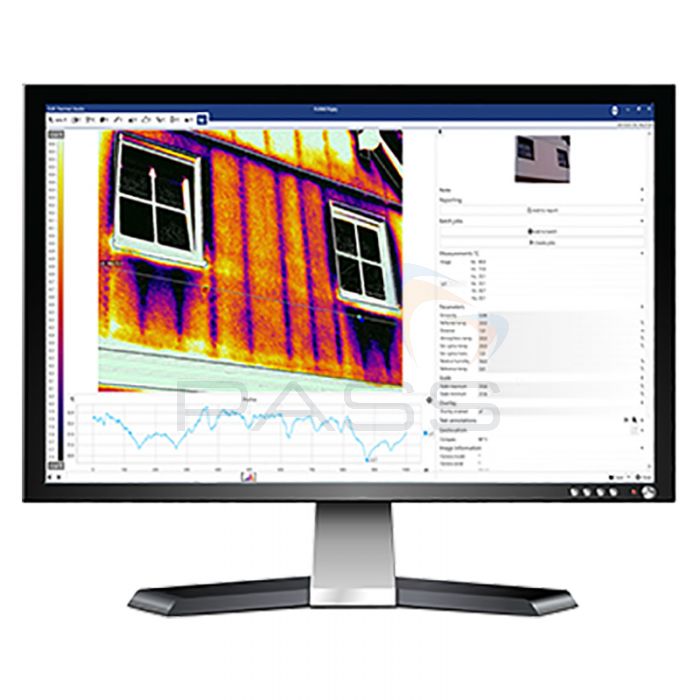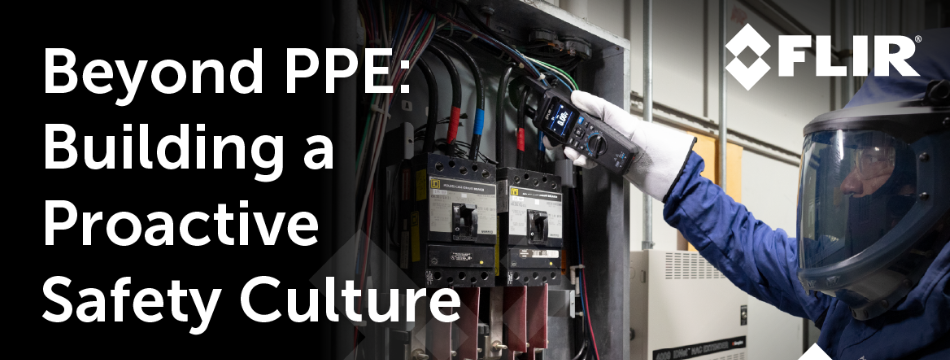
Throughout June, July, and August, FLIR is celebrating Summer of Safety. Focusing on the manufacturing industry, FLIR is keen to enhance workplace safety by promoting “safety culture” and illustrating how FLIR tools can protect what matters most and deliver safety without compromise. FLIR’s July article focuses on building a safety culture that doesn’t simply rely on PPE. Acknowledging the importance of PPE, FLIR explains that it should be considered a vital last line of defence. Instead, FLIR advocates that appropriate safety training and detection tools be implemented as initial protection measures. Within the article, FLIR highlights how instruments and technology, such as thermal and acoustic cameras, environmental testers, and software, can detect problems before they become dangerous failures.
Quick Links
FLIR July Article: Beyond PPE
Building a Safety Culture with Training, Tools, and Tech
When we think of workplace safety, we often picture protective gear: hard hats, gloves, arc flash suits... But while PPE is essential, it’s also the last line of defence: the thing that protects workers when something has already gone wrong.
What if safety could start earlier?
More and more manufacturers are shifting from a gear-first mindset to a proactive safety culture. One that is built on training, ergonomic tools, and real-time insights. Because protecting employees isn’t just about equipping them for danger; it’s about creating an environment where risk is identified early, understood clearly, and addressed before it ever puts people in harm’s way.
PPE: The Last Line of Defence
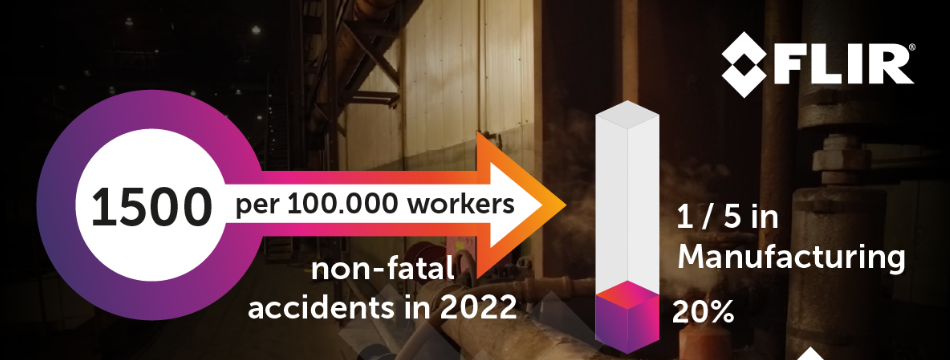
Personal Protective Equipment (PPE), like arc-rated suits, insulated gloves, and face shields, plays a critical role in industrial safety. It’s designed to protect workers when something goes wrong: an unexpected arc flash, a short circuit, or a sudden equipment failure. But relying solely on PPE assumes the danger is already present. That’s a risky mindset.
In the EU, the manufacturing sector accounts for nearly 1 in 5 non-fatal workplace accidents.[1] Many of which could be prevented through earlier detection, safer inspections, and better maintenance planning.
PPE doesn’t prevent faults; it only helps manage the consequences. And in some cases, it can lead to complacency: if workers feel protected, they may overlook warning signs or rush through inspections. True safety starts before employees put on their gear. That means giving your team the insight, tools, and confidence to recognise risks and prevent them, not just survive them.
Training Empowers Smart Decisions
Even with the best equipment, workplace safety still depends on human decisions. That’s why training is essential. A well-trained technician knows how to recognise potential hazards, use inspection tools correctly, and follow safe procedures, especially in high-pressure situations. Good training doesn’t just reduce mistakes; it helps prevent accidents before they happen.
That’s critical because up to 80% of workplace accidents involve human error, often linked to inadequate training or unclear procedures.[2]
In environments with electrical and mechanical hazards, employees need to understand not just what to do, but why it matters. For example, using a thermal camera or acoustic imager effectively requires more than pointing and shooting. It takes interpretation, context, and awareness of what’s at stake.

Training also gives employees the confidence to act when something doesn’t feel right. It helps them follow the correct safety procedures, like lockout/tagout, and encourages them to prioritise safety, even when there’s pressure to meet deadlines.
Ultimately, an informed workforce is your first and strongest line of defence. When people know what to look for and how to respond, they don’t just stay safe, they help create a culture where safety is second nature.
The Right Tools to Reduce Risk
Creating a safe workplace depends not only on how people behave, but also on the tools they use. The right inspection technology helps technicians detect problems earlier, reduce exposure to hazards, and carry out their tasks more efficiently.
For example:
- Thermal cameras reveal overheating components without the need to open electrical panels. Cameras with inspection route functionality (like the FLIR Exx and Txxx-series) even provide safety instructions to users as part of their route of inspection points.
- Infrared inspection windows make it possible to safely inspect energised systems by keeping a physical barrier in place.
- With acoustic imaging, teams can locate compressed air or gas leaks from the ground, eliminating the need for ladders, lifts, or awkward positioning.
- Test and measurement tools that monitor heat stress, UV index, temperature & humidity, and moisture and airflow are critical for maintaining a safe work environment.
These tools improve both safety and workflow. When inspections can be done from a distance with high accuracy, there’s less physical strain and less pressure to rush. Technicians can focus on doing the job right and safely. Reliable, user-friendly tools make it easier to embed safety into daily operations, rather than treating it as a separate checklist.
Software Turns Data into Insight
Inspection tools are powerful, but their full value is realised only when the data they capture leads to clear, timely decisions. That’s where software makes a difference.
- With platforms like FLIR Ignite, inspection results can be stored in the cloud and shared instantly with supervisors, safety teams, or external partners. This eliminates information silos and makes collaboration easier. Ignite Pro can also show temperature trend data over time, enabling users to identify issues sooner, perhaps before they become dangerous.
- FLIR Thermal Studio helps standardise inspections by guiding technicians through predefined routes and generating consistent reports. The professional version includes load and wind correction, helping predict component temperatures under full load, turning minor issues into critical insights.
These software packages ensure that nothing gets missed and that the data collected translates into action. Trends can be spotted earlier. Follow-up becomes easier. And teams spend less time managing files and more time addressing risks.
By integrating inspection software into your maintenance processes, you can turn raw data, like images and temperature readings, into clear, actionable steps that improve safety across your operations.
Maintaining a Culture of Safety
A strong safety culture isn’t built on procedures alone. It’s shaped by what people do when no one is watching. Do employees feel encouraged to report situations where something almost went wrong? Do they follow inspection routines even when time is limited? Are they encouraged to pause and reassess when something feels unsafe?
These are the signs of a workplace where safety is taken seriously, not just on posters, but in everyday decisions. Leadership, communication, and consistency all play a role. The more your team is supported by training, reliable tools, and clear processes, the more safety becomes part of the way they work, not something they do in addition to their job.
Start Your Summer of Safety
Protective gear matters, but it’s only one part of the picture. Real safety starts earlier, with skilled people, the right tools, and systems that support smart decisions. If you want your team to work safely, give them more than equipment. Give them clarity, confidence, and control. Let’s make this a summer of safety. Let’s put people, not just gear, at the centre of protection.
Further Information
For more pointers on how FLIR’s cameras, software, and tools can help enhance site safety, download FLIR’s Summer of Safety Info Sheet.
Download the FLIR Summer of Safety Info Sheet
Alternatively, for help or advice regarding any of FLIR’s (and Extech’s) thermal cameras, acoustic imagers, IR windows, test instruments, or reporting software, please don’t hesitate to contact our Sales team on 01642 931 329 or via our online form.
In the meantime, you can find additional information about our comprehensive array of FLIR and Extech instruments on our website, tester.co.uk.
Footnotes
[1] Eurostat, Accidents at Work Statistics, 2022
[2] OSHA & UK HSE estimates on human error as a factor in workplace incidents


